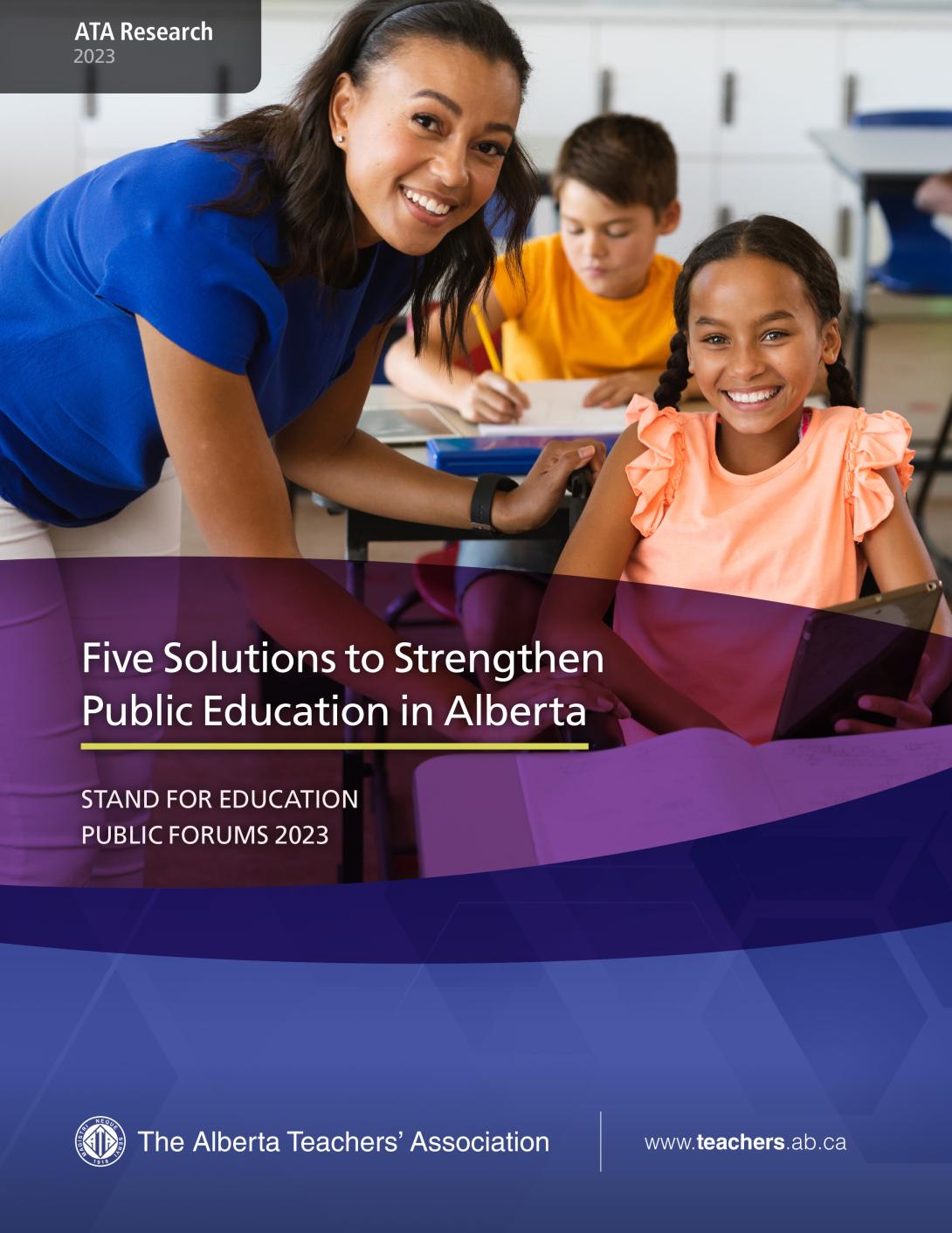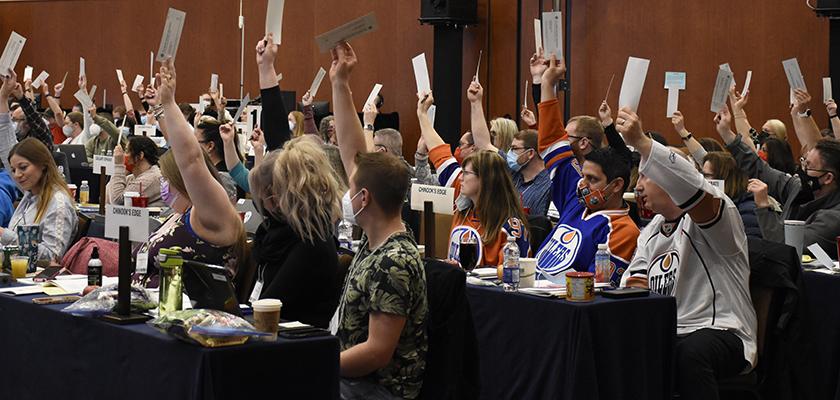Question: The provincial government is creating a charter school hub in Calgary. What does this mean for public education and teachers?
Answer: As part of a flurry of pre-election announcements, Premier Danielle Smith announced on April 19 her plan to create a new charter school hub in Calgary. The announcement follows from the provincial budget, which allocated $118 million to create a facility that could accommodate multiple charter schools with up to 2,000 students. The hub is expected to open in the fall, providing space to its first two tenants: STEM Innovation Academy and Connect Charter School.
The creation of the charter school hub should be viewed in a larger historical and policy context as being the most recent development in a trend to deliberately blur the line between public (which includes separate and francophone), charter and private schools.
The changes in legislation that brought charter schools to Alberta were originally passed in 1994 as part of a larger education reform program. The notion was borrowed from the United States, where charters were seen as being a “free market” response to failing public schools and a way of promoting experimentation and innovation by “freeing” schools from onerous and restrictive bureaucracy. While this really did not apply in an Alberta context, particularly in Edmonton, where a wide variety of alternative programming within public schools had been developed, the model was fashionable and politically attractive for a conservative-minded government.
When initially introduced, charter schools were kept on a very tight leash; they were not promoted as being in competition with public schools, but rather as providing opportunities to test new approaches that might inform practice across the education system. Charters would only be established if they embraced unique and innovative approaches and only then if public boards were unwilling to offer similar programming in the form of alternative programs in their schools.
The total number of charters was capped, and individual schools were not to be permanently established but, instead, after operating for an initial three- to five-year period, would be evaluated and if found to be promising, could be granted an extension for up to 15 years. Charter schools were required to employ certificated teachers, teach the Alberta curriculum and participate in provincially mandated standardized testing. With some minor exceptions, charter schools received the same instructional funding as public schools as well as support for operations.
So within this context, charter schools differ from public schools in several important ways: they are not governed by publicly elected school boards, their teachers are prohibited by law from being active members of the Alberta Teachers’ Association, and they are permitted to exclude students who they deem as not “fitting” their charter or enrolment preferences. Alternative programs operating within a public school system may impose their own admissions criteria, but the school authority is required to accommodate all students.
Since their establishment, charter schools have strived, with considerable success, to shuck off the constraints originally imposed upon them. The limits on the number of charters and the number of schools operated by each have been removed, as has the requirement for independent evaluation. The notion that charters need to offer an innovative program or pedagogy not available in the public school system has been eroded.
And with the recent provincial budget, these schools will now be receiving transportation funding and significant support for buildings and facilities. As revealed in the government’s own socioeconomic status data, the charters (particularly those based in urban areas) are disproportionately serving students of families of relative privilege. In effect, these schools are well down the road toward becoming fully funded private schools.
Now, to be clear, I have no doubt that the individual charter schools themselves enjoy strong support from the families they serve and that many are providing excellent programs. In fact, the Association represents teachers working in several charters. The difficulty is that the charter school model erodes public education, particularly when that public education system is chronically underfunded.
That is why the $118 million being gifted to Calgary charter schools run by friends of the governing party is so problematic. Those funds are desperately needed by school divisions in Calgary and surrounding areas to meet enrolment pressures that are quickly approaching a crisis point.
The government likes to call charters “schools of choice.” Fine. But in the lineup for limited public resources, they should take their place behind public, separate and francophone “schools of necessity.” ❚

ATA Executive Secretary
Read more
View the entire digital issue of the ATA News
See the latest issue

